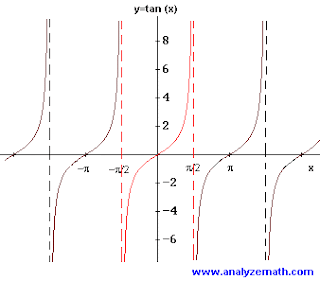1. How have you performed on the Unit O and P tests? What evidence do you have from your work in the unit that supports your test grade (good or bad)? Be specific and include a minimum of three pieces of evidence.
RESPOND HERE:
I have performed very poorly do to the lack of preparation i had. I tried atleast 5 problems from each concept but it seemed to not benefit me at all. The evidence that my work reflected was bad it was not much practice at all. First of all i some how knew how to do the quizzes but i never learned how to do anything properly how taught to me, i went my own way and it back fired. I lacked there deserved the grade i got.
2. You are able to learn material in a variety of ways in Math Analysis. It generally follows this pattern:
→ Your initial source of information is generally the video lessons and SSS packets followed by a processing and reflection activity via the WSQ
→ individual supplemental research online or in the textbook before class
→ reviewing and accessing supplementary resources provided by Mrs. Kirch on the blog
→ discussion with classmates about key concepts
→ practice of math concepts through PQs
→ formatively assessing your progress through concept quizzes
→ cumulatively reviewing material through PTs
→ Final Assessment via Unit Test.
Talk through each of the steps given in the following terms:
a. How seriously do you take this step for your learning? What evidence do you have to support your claim? Make sure to make reference to all 8 steps.
b. How could you improve your focus and attention on this step to improve your mastery of the material? What specific next steps would this entail? Make sure to make reference to all 8 steps.
\
RESPOND HERE: I don't really take these steps seriously, i tend to go my own way and teach myself. I just go through the little notes on the sss packet and try to do something to get the answer in the back for the pqs from there if i get them right i go ahead. Then my final review is to do the practice test. Well I dont have much to talk about in regards to the 8 steps because i dont follow them.
3. Reflect on your learning this year thus far by considering the following questions:
a. How confident do you generally feel on the day of a Unit Test? Give evidence and specifics to back up your answer.
b. How well do you feel you have learned the math material this year as compared to your previous years in math? Give evidence to support your claim.
c. How DEEPLY do you feel you have learned the math material this year as compared to your previous years in math? Give evidence to support your claim.
d. Do you normally feel like you understand the WHY behind the math and not just the WHAT/HOW? Meaning, do you understand why things work, how they are connected to each other, etc, and not just the procedures? Explain your answer in detail and cite specific evidence from this year.
e. How does your work ethic relate to your performance and success? What is the value of work ethic in real life?
RESPOND HERE: I dont feel confident at all. I dont prepare, i dont really watch the videos. I feel like i dont learn everything i am too pressured. I am used to the traditional way of teaching, and i will stop there...... I do understand how everything ends up working together. FOr example most of the trig functions go together like the unit circle. Well my work ethic for this class is horrible, i cant learn at home so yeah.




















